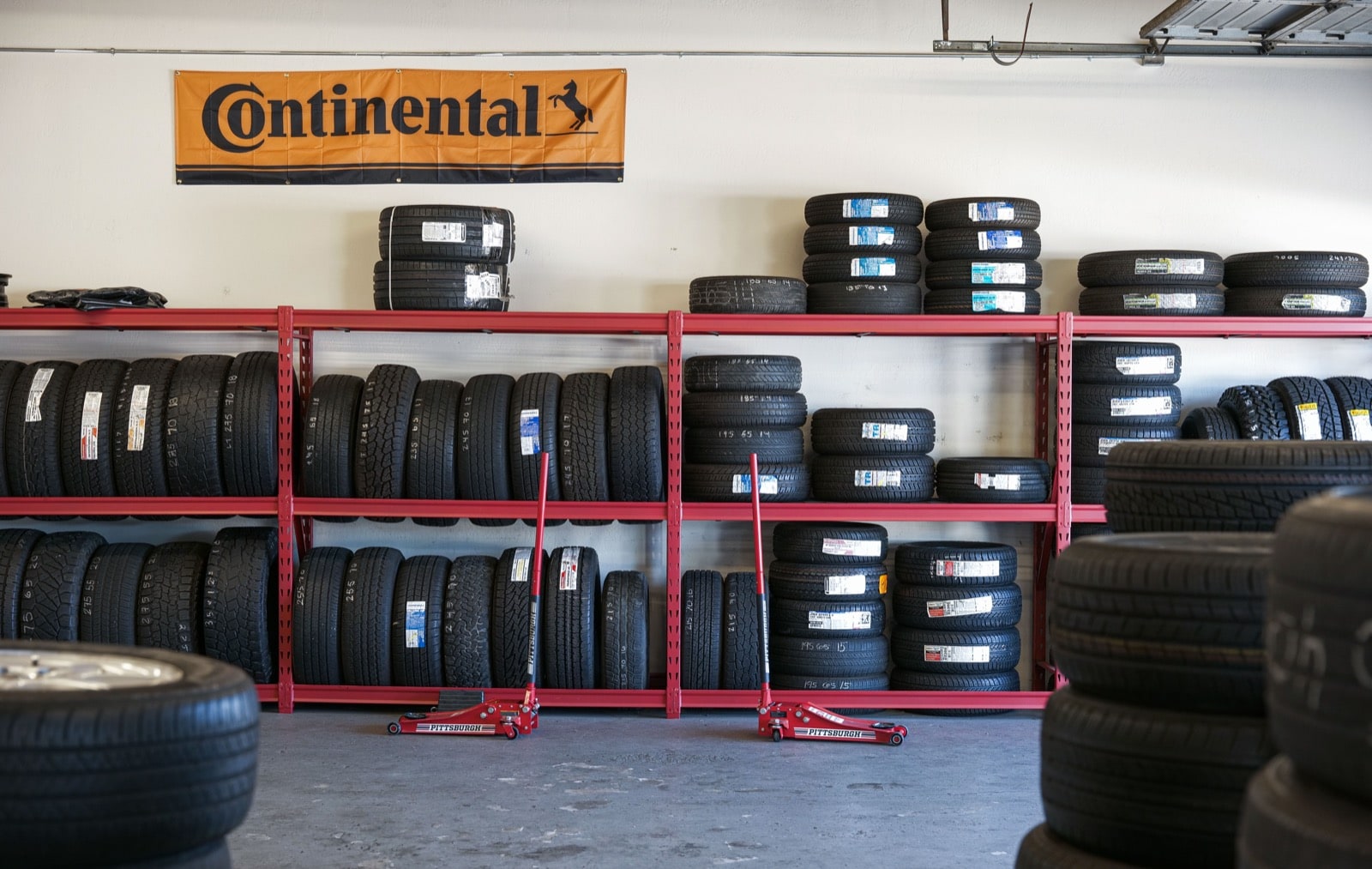Morris Tire Service: Your Best Destination for Price Cut Tires Morris IL
The Science Behind Tire Fixing and Safety And Security
When it involves the intricate world of tire upkeep and safety and security, there exists a world of scientific research that typically continues to be hidden by the typical motorist - morris tire. The products that compose a tire, the effect of tire pressure on overall security, the effects of walk wear, the complex dynamics of tire traction, and the often-overlooked relevance of correct wheel positioning all play vital roles in guaranteeing an automobile runs safely and successfully. As we navigate with the complexities of tire repair work and safety and security, it comes to be obvious that a deeper understanding of these scientific concepts is not just useful but necessary for every single vehicle driver on the road
Tire Composition and Capability
What products make up the make-up of tires, and exactly how do these elements contribute to their capability on the road? Steel cables are incorporated to boost the tire's toughness and aid it maintain its shape under different roadway conditions.
The rubber compounds provide grip and grip, permitting the tire to adhere to the road surface area and supply security throughout acceleration, stopping, and cornering. Overall, the careful selection and mix of these materials make sure that tires can do successfully and safely on different road surface areas and conditions.
Impact of Tire Pressure on Security
On the various other hand, overinflated tires have less call with the roadway surface, minimizing grip and creating unequal wear on the tire treads. Correctly inflated tires likewise play a vital duty in fuel efficiency, as underinflated tires can boost moving resistance, leading to lowered gas mileage. Routinely inspecting and maintaining the right tire stress not only guarantees security however also prolongs the life expectancy of the tires, conserving on replacement prices in the long run.
Tread Wear and Its Effects
Proper monitoring of tire walk wear is critical for making sure optimum efficiency and security when driving. As tires wear down, the deepness of the tread reduces, reducing the tire's ability to keep grip, specifically in slippery or wet conditions. The step pattern and depth play an important role in carrying water far from the tire to stop hydroplaning and preserving hold on the roadway surface.
Indications of extreme walk wear consist of hairless places, unequal wear, and the look of wear signs. Hairless places indicate localized wear, which can bring about instability and raised risk of blowouts. Uneven wear might recommend issues with tire inflation, suspension, or alignment elements. Put on indicators are constructed right into the tire step and become visible when the step deepness gets to a certain low point, showing the requirement for prompt substitute.

Understanding Tire Traction Characteristics
Keeping an eye on tire step wear not just guarantees optimal performance and safety but likewise straight impacts the grip dynamics of the tires on various roadway surfaces. Tire traction is a critical facet of car handling and safety and security, as it determines the grasp in between the tires and the road. Grip dynamics differ depending upon road you can try these out conditions such as completely dry sidewalk, wet roads, snow, or ice.

Comprehending tire traction dynamics is necessary for chauffeurs to adjust their driving habits according to the roadway problems. tire shop near me. Routinely checking tire step deepness and problem can considerably boost grip efficiency, guaranteeing more secure driving experiences throughout different surface areas
Significance of Correct Wheel Placement
Making sure right wheel placement plays a crucial function in optimizing car efficiency and prolonging tire longevity. Correct wheel placement entails adjusting the angles of the wheels to maker requirements, making certain that they are vertical to the ground and alongside each other. When alignment is off, it can cause uneven tire wear, decreased gas performance, and compromised handling.
Among the crucial advantages of preserving proper wheel alignment is enhanced taking care of and stability. Misaligned wheels can cause the automobile to pull away, affecting guiding control and general driving experience. In addition, appropriate positioning promotes also tire wear, preventing premature tire replacement and minimizing maintenance expenses in the future.

Conclusion
Finally, the science behind tire repair and safety is crucial for preserving lorry efficiency and making certain chauffeur safety and security. By recognizing tire structure, stress, tread wear, grip dynamics, and wheel positioning, vehicle drivers can prevent crashes and lengthen the life-span of their tires. Appropriate upkeep and routine examinations are vital for optimal tire efficiency and overall lorry safety and security. By complying with these guidelines, motorists can drive confidently knowing that their tires remain in excellent condition.
The products that make up a tire, the impact of tire stress on general safety, the effects of step wear, the complex characteristics of tire grip, and the often-overlooked significance of proper wheel positioning all play important roles in ensuring a vehicle runs securely and successfully. On the other hand, overinflated tires have less contact with the roadway surface area, lowering traction and causing uneven wear on the tire footsteps. On a regular basis checking and maintaining the correct tire stress not just makes certain safety and security however additionally prolongs the life-span of the tires, conserving on replacement prices in the lengthy run.
Monitoring tire step wear not only makes certain optimum performance and safety and security but likewise directly influences the traction dynamics of the tires on different road surfaces. Tire grip is a vital element of car handling and safety and security, as it establishes the hold in between the tires and the roadway.